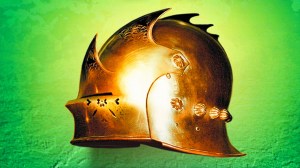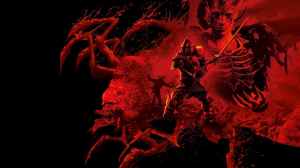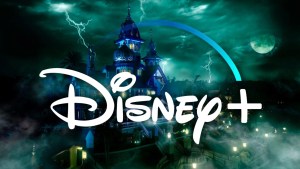Batman has been the centerpiece of some of the greatest stories in comics history. Across decades, writers and artists have pushed his character to new heights, exploring his psyche, his moral code, and his relationships to those who orbit his dark, crime‑infested world.
Videos by ComicBook.com
What makes Batman’s mythology so enduring is its versatility — he can be a brooding detective trapped in a noir tragedy, a broken man confronting his own demons, or a symbol of unrelenting will in the face of corruption. Each era reinvents him while somehow staying true to that same haunted silhouette on a Gotham rooftop.
10. The Dark Knight Returns (1986)

When Frank Miller wrote The Dark Knight Returns, superheroes were at their campiest, still echoing the bright tones of the Silver Age. Then came this grim vision of an aging Bruce Wayne, broken by years of inactivity, forced back into the cowl to save a dying Gotham. The story plays like a dystopian opera: Batman versus criminals, the government, even Superman himself.
What makes it great is the sheer audacity of its premise — a meditation on obsession, aging, and moral decay. Miller’s Batman is a symbol of rebellion in a decaying world. Its influence? Massive. It inspired Batman v Superman, Christopher Nolan’s tone, and even the idea that “the older Batman” could still be the most dangerous man in the room.
9. Batman: The Long Halloween (1996–1997)
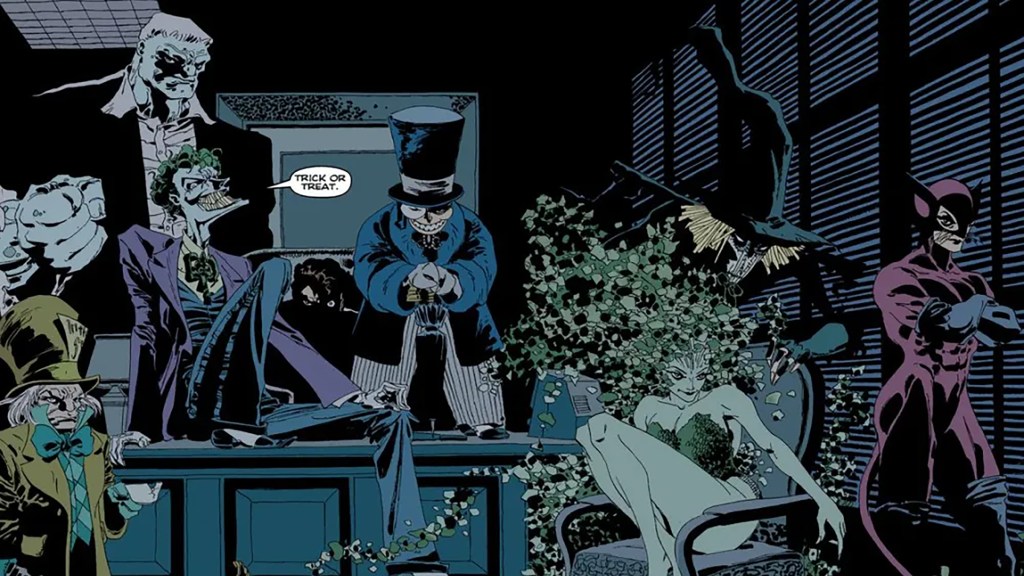
The Long Halloween is as close to a perfect Batman mystery as comics get. Set during Batman’s early years, it follows a mysterious killer — Holiday — who strikes on every major holiday. The story intertwines the tragic fall of Harvey Dent with the slow, inevitable transformation of Gotham from a city of gangsters to a haven for supervillains.
What elevates it is its cinematic pacing and visual atmosphere. Loeb writes Batman as both detective and moral anchor, while Tim Sale’s moody, noir-inspired art bleeds with tension. It’s stylish, tragic, and foundational—so much so that Christopher Nolan borrowed heavily from it for The Dark Knight.
8. Batman: Hush (2002–2003)

If The Long Halloween was detective noir, Hush is the blockbuster event — fast, flashy, and full of emotional punches. A mysterious new villain named Hush manipulates Batman’s greatest enemies in a grand scheme targeting Bruce Wayne himself. What begins as a simple case spirals into a deeply personal revenge saga, one testing Batman’s relationships with everyone from Catwoman to the Joker.
Why it’s great? Hush is pure fan service done right. Jim Lee’s art is arguably the most iconic Batman artwork of the 2000s, and Loeb masterfully balances action with introspection. It feels like watching every part of Batman’s legacy collide — a definitive celebration of the mythos.
7. Arkham Asylum: A Serious House on Serious Earth (1989)

If most Batman stories pit order against chaos, Arkham Asylum erases the line completely. Morrison drops Batman into a nightmarish version of Arkham, where reality itself crumbles. As the inmates rise in rebellion, Batman must confront not just villains but his inner fractured self.
Dave McKean’s mixed-media art — psychotic, painterly, and disturbing — turns every page into a hallucination. What makes this story fascinating is that it’s not about punching villains; it’s about exploring the psyche. Morrison redefines Batman not as just a vigilante, but as a man trapped in his own mental labyrinth.
6. Batman: The Black Mirror (2011)
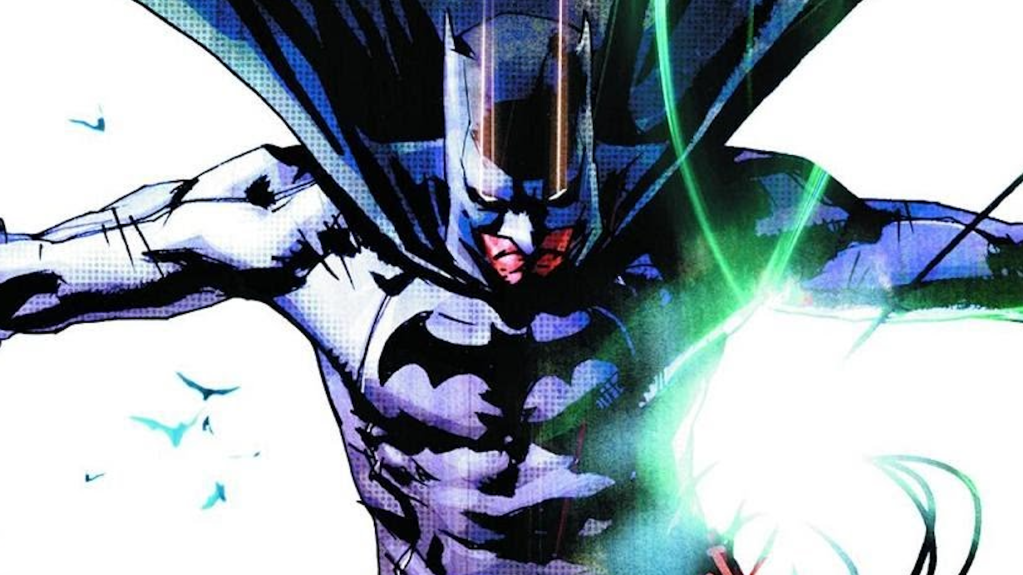
Before The New 52, Scott Snyder wrote this chilling gem where Dick Grayson wears the cowl. A Gotham tale drenched in noir, it follows Dick as he investigates a black market dealing in pieces of serial killers’ paraphernalia.
What makes it brilliant is the moral decay creeping through Gotham, reflected in Commissioner Gordon’s twisted son. Snyder explores what happens when someone good tries to fill Batman’s shoes. The result is haunting and deeply human, proving that Gotham’s darkness doesn’t depend solely on Bruce Wayne. It’s systemic.
5. Batman: The Court of Owls (2011–2012)

With The Court of Owls, Snyder and Capullo introduced one of the best new mythologies in modern Batman lore. As Bruce tries to prove he knows Gotham better than anyone, he discovers the city has been secretly controlled for centuries by a shadowy cabal — the Court of Owls.
The genius is in how it breaks Batman psychologically. For the first time in years, Bruce Wayne feels lost. The chilling labyrinth scenes test his perception and sanity, giving the tale a horror-thriller flavor. This was the story that redefined Batman for a new generation — gothic, mythic, and terrifyingly human.
4. Batman: Under the Red Hood (2004–2006)

Few moments shook Batman fans like the return of Jason Todd — the murdered second Robin — now reborn as the ruthless antihero, Red Hood. Under the Red Hood confronts Batman with his greatest failure: his inability to save a child he had sworn to protect.
Jason’s methods mirror Bruce’s ideals twisted by loss and rage. The emotional weight — especially their final confrontation — cements this as one of Batman’s most personal and painful tales. It gave Jason Todd lasting purpose and brought moral complexity back to Gotham’s streets.
3. Batman: Gothic (1990)
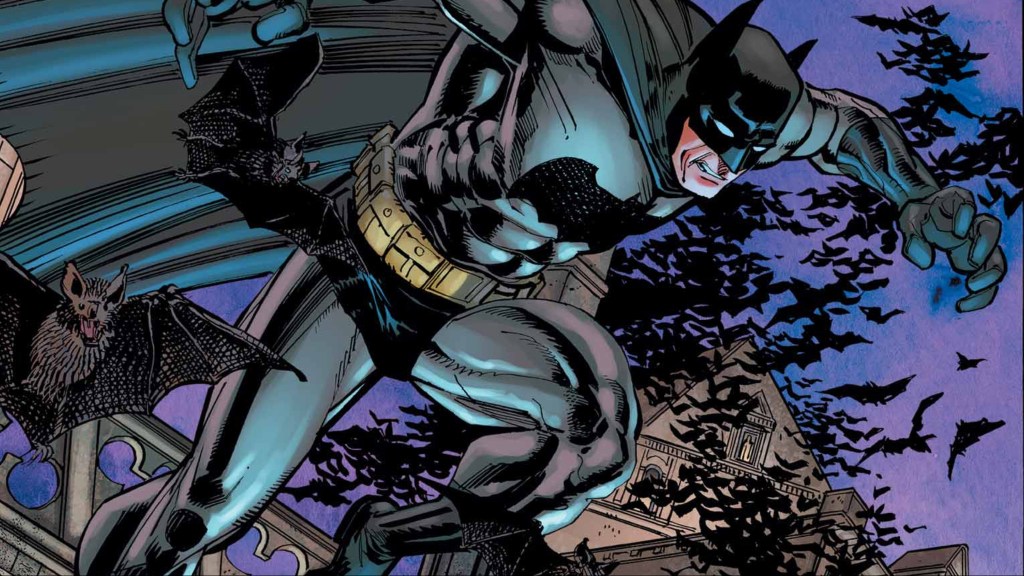
An underrated horror masterpiece. When Gotham’s mobsters start dying off, Batman uncovers links to a demonic figure tied to his own childhood. Morrison melds gothic literature, religious symbolism, and detective fiction into one eerie narrative.
It’s less about fists and more about fate. Morrison’s Batman faces darkness that feels metaphysical, reminding readers that Gotham is as much haunted as it is criminal. It’s uniquely atmospheric, and easily one of the strangest yet most memorable tales of the ’90s.
2. Batman: Year One (1987)
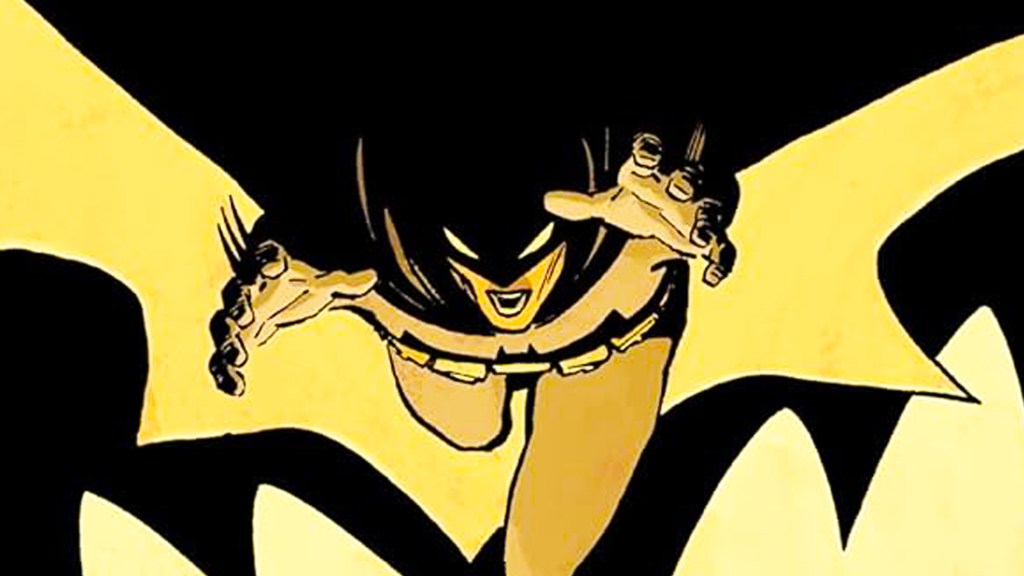
Year One is where modern Batman begins. Forget gadgets and billionaire glamor — this is raw, grounded storytelling. We watch Bruce Wayne fail, bleed, and evolve while watching Jim Gordon navigate his own moral decay in a corrupt city.
Miller’s minimalist script and Mazzucchelli’s subdued art create something that feels more like a crime drama than a superhero comic. Every panel drips realism. It redefines what a superhero origin could be.
1. The Killing Joke (1988)
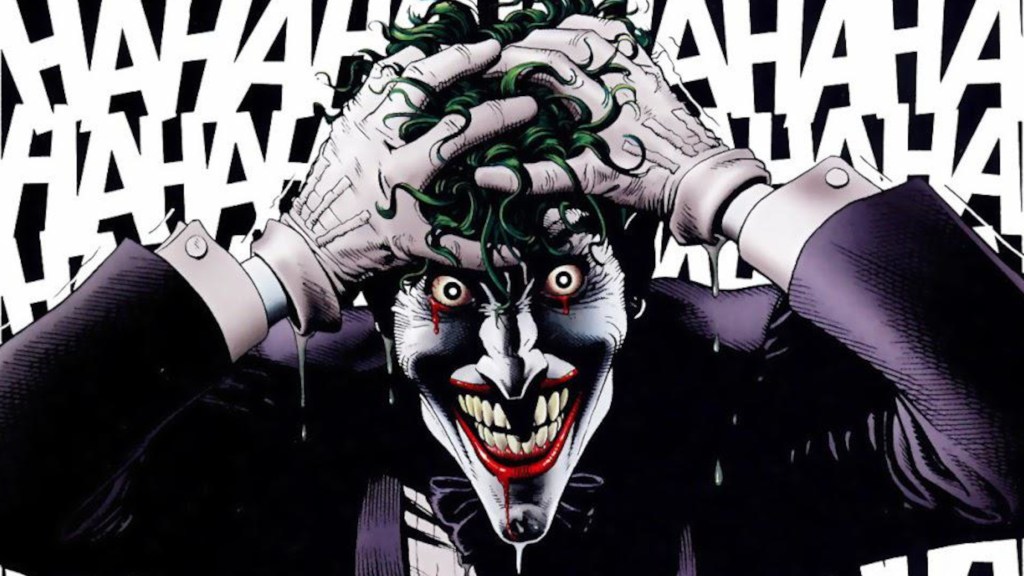
Often debated, never ignored. The Killing Joke delivers the Joker’s most iconic origin — a failed comedian driven insane in “one bad day.” The story contrasts his collapse with a parallel struggle inside Batman himself: whether they are truly so different after all.
It’s disturbing, unsettling, and powerfully reflective. Moore’s writing dives deep into moral ambiguity, and Brian Bolland’s art defines the Joker’s look for decades. Whether you read it as canon or myth, it remains the ultimate psychological showdown between arch-enemies bound by tragedy.
What do you think? Leave a comment below and join the conversation now in the ComicBook Forum!



